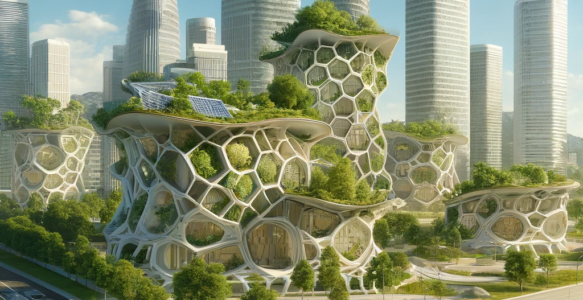Biome Renewables PowerCone®: Empowering New Zealand’s Wind Energy Efficiency
PowerCone® is a cutting-edge technological innovation developed by Biome Renewables, aimed at optimizing the efficiency of wind turbines. Inspired by natural elements like the kingfisher …









